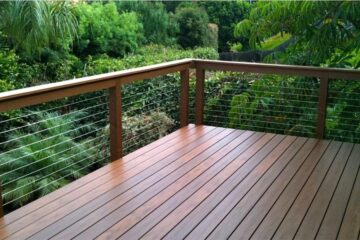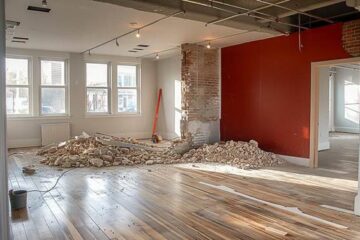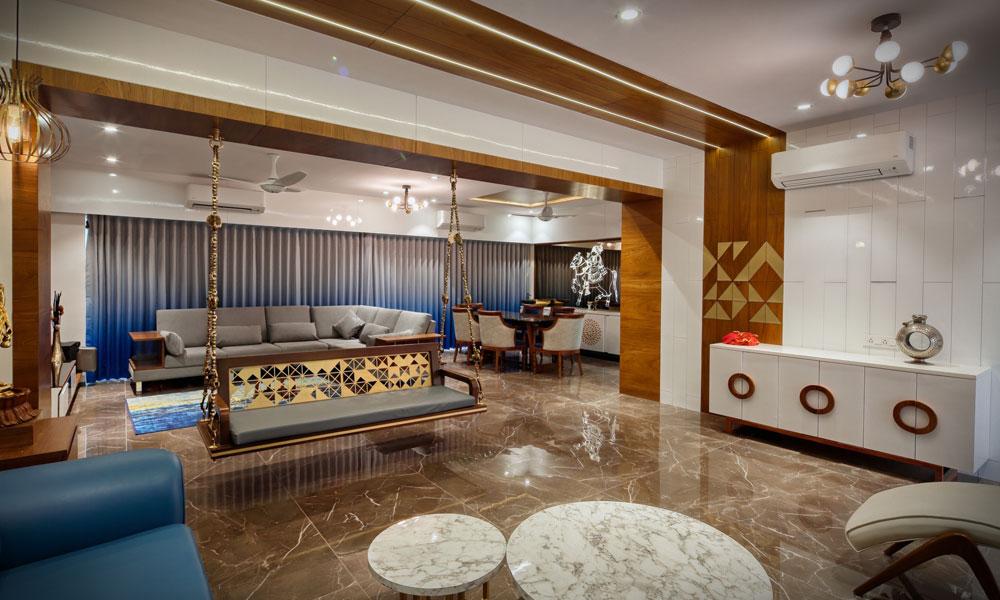
The structure of Singapore’s housing market has a direct impact on how residents engage with home electricity plans. While the national grid ensures a stable power supply, the way contracts are structured and consumed differs notably between HDB flats and landed properties. These differences arise from variations in household size, energy usage behaviour, and the flexibility needed in electricity plans.
Consumption Patterns and Scale of Demand
HDB households typically operate within smaller floor areas, which translates into relatively moderate electricity consumption. Air-conditioning units, refrigerators, and kitchen appliances make up the bulk of energy use. Due to this, HDB residents often opt for basic or price-sensitive home electricity plans, with fixed-rate packages being common as they provide predictability in monthly bills.
In contrast, landed properties cover much larger built-up areas. Multiple floors, expansive living spaces, swimming pools, and landscaped gardens often require higher energy consumption. The electricity drawn from such households is significantly larger, making them more sensitive to tariff changes. Landed property owners frequently seek contracts that allow for competitive wholesale pricing or plans that can be structured to support heavy, round-the-clock usage.
Flexibility in Plan Selection
HDB residents are often more constrained in terms of flexibility. Many households favour shorter lock-in periods, given their focus on affordability and the need to manage household budgets. Retailers catering to this segment usually emphasise transparent rates and accessible customer service.
The emphasis for landed property owners is different. Flexibility may involve negotiating custom electricity contracts that account for higher energy demands, especially for properties with added facilities such as electric vehicle chargers or dedicated cooling systems. Retailers serving this market may offer tailored tariffs or renewable-linked plans designed to reflect the household’s scale and lifestyle needs.
Infrastructure and Grid Considerations
The physical layout of HDB estates means that consumption is easier to predict, as residents are clustered within standardised units. This uniformity enables electricity retailers to design standardised home electricity plans that fit common usage patterns.
On the other hand, landed properties are dispersed and vary widely in design and energy demand. Some homeowners also install solar panels, which feed surplus energy back into the grid. Such setups require more complex contractual arrangements with electricity retailers, balancing between self-generation and reliance on the national power supply in Singapore.
Risk Exposure and Pricing Strategy
HDB households are highly cost-sensitive. Any increase in tariff rates or regulatory changes is quickly felt, as these households typically have limited scope to spread out consumption. Their exposure to risk is largely managed through fixed-rate or discounted standard price plans.
Landed property households, conversely, may absorb more risk by choosing wholesale price plans that fluctuate with market demand. This strategy, for higher-consumption users, can deliver cost advantages during periods of lower wholesale rates, though it also exposes them to higher volatility. The willingness to engage with such risk often reflects broader financial flexibility.
Sustainability and Lifestyle Alignment
Sustainability is becoming an essential factor in electricity contracts. Green energy options are available for HDB households but adoption is often limited by cost considerations.
Landed property owners, however, are more likely to adopt renewable-based home electricity plans, either through direct grid-linked green contracts or by supplementing with private solar installations. This segment often prioritises lifestyle alignment, ensuring that electricity choices reflect broader sustainability goals.
Conclusion
The type of housing in the city-state plays a significant role in shaping the way households approach electricity contracts. HDB residents tend towards affordability and predictability, while landed property owners prioritise flexibility, scalability, and in many cases, sustainability. The challenge for retailers lies in designing home electricity plans that meet these divergent needs while maintaining the reliability of the broader power supply.
Contact Flo Energy Singapore to explore our customised solutions today and experience how a reliable power supply can be tailored to your lifestyle.
How to Choose a Reliable Plumber in Singapore: A Homeowner’s Guide
November 14, 2025Where to Find a Deck Builder in Toronto
November 8, 2025How to Avoid Hidden Costs in a Condo Renovation
November 3, 2025
Comments are closed.
More News
-
Discover the Latest New Homes in Georgia
August 16, 2024 -
Dip Into Your Dream Pool: A Guide to Low-Cost Swimming Pool Financing.
December 12, 2024 -
Reheat Cold Leads with These Proven Home Remodeling Tips
April 2, 2024
Latest Post
INDEX POST
-
How to Choose a Reliable Plumber in Singapore: A Homeowner’s Guide
November 14, 2025 -
What Are HVAC Dampers And How Do They Direct Airflow?
November 8, 2025 -
Where to Find a Deck Builder in Toronto
November 8, 2025 -
Biometric Certificate Features American Spin to Win
November 4, 2025 -
Clear Reinforce For Long-Term Toy ✦ AU Start Spinning
November 4, 2025







